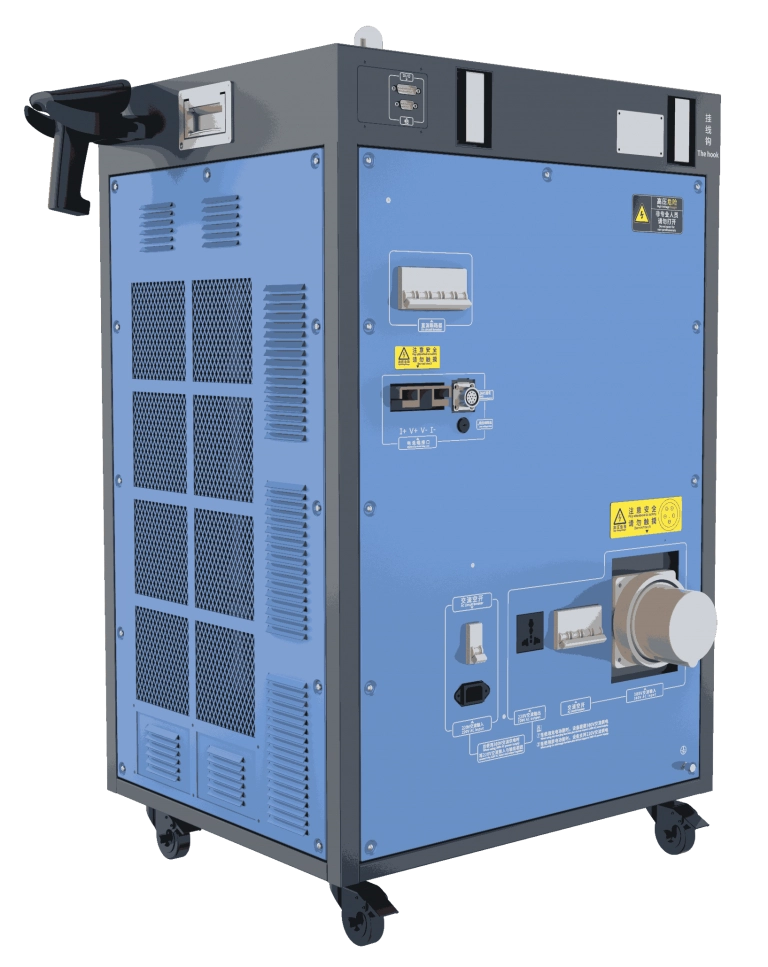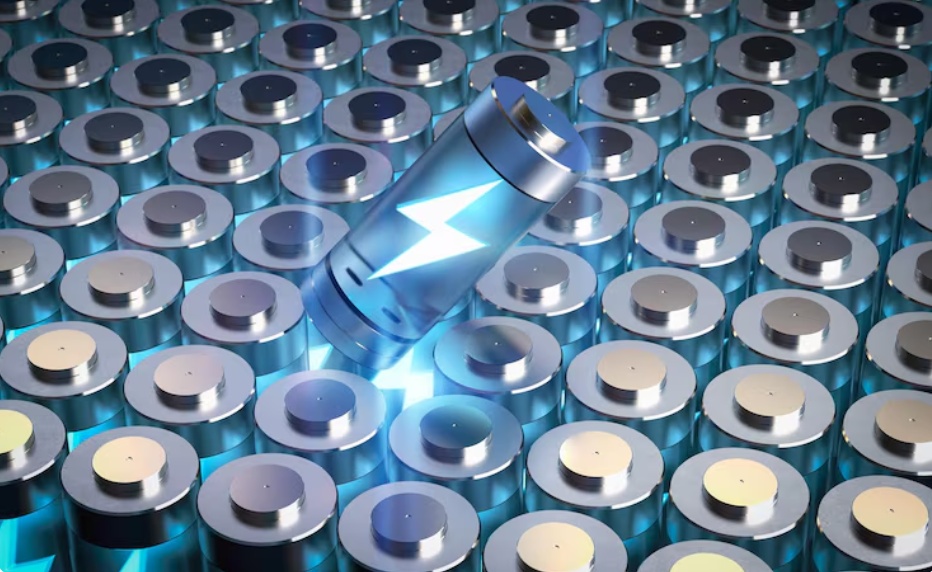With the rapid development of new energy technologies, energy storage batteries play an important role in electric vehicles, grid energy storage and other fields. However, the stability of battery performance directly affects the operating efficiency of the equipment. As a key tool, the battery charge and discharge tester can help users achieve accurate energy storage battery diagnosis. This article will introduce its principles, importance and operation steps in detail, and recommend professional solutions from Guheng Energy.
The basic principle of battery charge and discharge tester
Battery charge and discharge testerIt is a professional device used to simulate the charging and discharging process of batteries in actual use. It measures key parameters such as battery capacity, internal resistance and cycle life by controlling current, voltage and time. Its core principle is based on electrochemical reactions and energy conversion.
Working mechanism
- Charging process: The tester inputs a constant current or voltage into the battery and monitors the battery’s charging efficiency and voltage changes.
- Discharge process: By setting the discharge rate, recording the battery output energy, and evaluating its actual capacity.
- Data collection: Built-in sensors monitor temperature, voltage and current in real time to ensure data accuracy.
For example, Solid Energy Portable battery pack charge and discharge maintenance instrument PBM-BW-A-30070 Using intelligent algorithms, it can accurately simulate a variety of working conditions. This type of equipment is widely used in battery research and development and maintenance.

The Importance of Energy Storage Battery Diagnosis
Energy storage batteries are the core components of new energy systems, and their health status is directly related to the life and safety of the system. Energy storage battery diagnosis uses scientific methods to detect battery performance and help users discover potential problems in a timely manner.
Why is a diagnosis needed?
- Performance degradation: Long-term use will cause capacity to decrease and affect battery life.
- Security risks: Increased internal resistance or short circuit may cause overheating or even explosion.
- Cost Control: Identify problem batteries in advance and avoid expensive full replacement.
For example, inNew energy vehicle field, diagnosing unqualified batteries can improve vehicle reliability. Data shows that the failure rate of untested batteries is as high as 15%, while professional diagnosis can reduce this rate to less than 2%.
Steps for energy storage battery diagnosis using a battery charge and discharge tester
Diagnosing with a battery charge and discharge tester is not complicated. Here are the specific steps to ensure accurate and reliable results.
Step 1: Preparation
- Check the tester status to ensure that the device is calibrated properly.
- Connect the battery to the tester and verify that the connections are secure.
- Set the test parameters such as charge voltage and discharge current.
Step 2: Perform charge and discharge test
- Charging test: Start the device and record the time required to fully charge the battery and the voltage curve.
- Discharge test: Set a constant discharge rate and measure the battery output capacity.
- Observe temperature changes to avoid overheating that may affect the results.
Step 3: Data Analysis
- Compare the test data with the battery nominal parameters.
- Check whether the internal resistance is abnormally high.
- Generate diagnostic reports to assess battery state of health (SOH).
By Portable battery pack charge and discharge maintenance instrument PBM-BW-A-100080 For example, it supports multi-channel testing and can diagnose multiple battery modules at the same time, greatly improving efficiency.

Diagnosis result example table
| parameter | Nominal value | Test value | Diagnosis conclusion |
| Capacity(Ah) | 100 | 92 | Slight attenuation |
| Internal resistance(mΩ) | 50 | 70 | Need attention |
| Charging time (h) | 4 | 4.5 | Decreased efficiency |
Guheng Energy: Your New Energy Service Technology Solution Expert
In the field of new energy, choosing a reliable partner is crucial. Guheng Energy (Hangzhou Guheng Energy Technology Co., Ltd.) is committed to providing customers with advanced battery testing and maintenance solutions.
Company Profile and Technical Strength
Solid EnergyFounded in 2015, headquartered in Hangzhou. The team is composed of senior experts in the new energy field, focusing on the research and development of battery testing equipment. The company’s products cover portable maintenance instruments, comprehensive testing systems, etc., serving new energy vehicles, energy storage power stations and other industries.
Development History and Achievements
Guheng Energy launched its first portable battery tester in 2016, achieved mass production in 2018, and expanded to the international market in 2020. Today, the company has obtained a number of patents, its products have passed ISO9001 certification, and have won wide acclaim from customers.
Technical Support and Services
Guheng Energy provides all-round support:
- Equipment customization: Adjust test parameters according to customer needs.
- Technical training:Help users masterBattery charge and discharge testeroperating skills.
- After-sales guarantee: 7×24 hours response to ensure stable operation of equipment.
Choose Guheng Energy, your energy storage battery diagnosis will be more efficient and reliable.Homelearn more.
Summary and suggestions
Energy storage battery diagnosis through battery charge and discharge tester can not only extend battery life, but also improve system safety. It is recommended that users regularly check battery status and combine with Guheng Energy’s professional equipment to ensure optimal performance. Whether it is new energy vehicles or energy storage power stations, accurate diagnosis is the cornerstone of success.
Recommendations
- Perform comprehensive testing at least once a month.
- Record each diagnostic data and establish a battery health record.
- In case of abnormal situation, please contact professional technical support in time.
FAQ
1. How does a battery charge and discharge tester determine whether a battery is damaged?
Whether the battery is damaged is mainly judged by parameters such as capacity, internal resistance and cycle life.
- Capacity detection: If the actual capacity is less than 80% of the nominal value, it means that the battery has severely degraded and may need to be replaced.
- Internal resistance analysis: Internal resistance outside the normal range (usually an increase of more than 50%) indicates damage to the internal structure.
- Cycle life: If testing shows that the battery performance drops sharply within the standard number of cycles, it may have a manufacturing defect or improper use.
It is recommended to use high-precision equipment and combine historical data for comprehensive evaluation.
2. How often should energy storage battery diagnosis be performed?
The frequency of diagnostics depends on the usage scenario and battery type.
- High-frequency usage scenarios(such as electric vehicles): It is recommended to test once every 3 months, paying attention to changes in capacity and internal resistance.
- Low-frequency usage scenarios(such as backup power supply): test once every 6 months, but ensure that the storage conditions are appropriate.
- Abnormal signal: If the device experiences abnormal temperature or reduced battery life during operation, a diagnosis should be made immediately.
Regular inspections can effectively prevent failures.
3. What types of energy storage batteries are suitable for battery charge and discharge testers?
Battery charge and discharge testerApplicable to various energy storage battery types.
- Lithium battery: Such as lithium iron phosphate and ternary lithium, which are commonly found in new energy vehicles and energy storage systems.
- Lead-acid batteries:Mostly used for UPS and small energy storage equipment, testing focuses on capacity recovery.
- NiMH battery: Applicable to hybrid vehicles, need to pay attention to cycle performance.
The devices usually support parameter adjustment and are compatible with different voltage and capacity ranges to ensure wide applicability.





